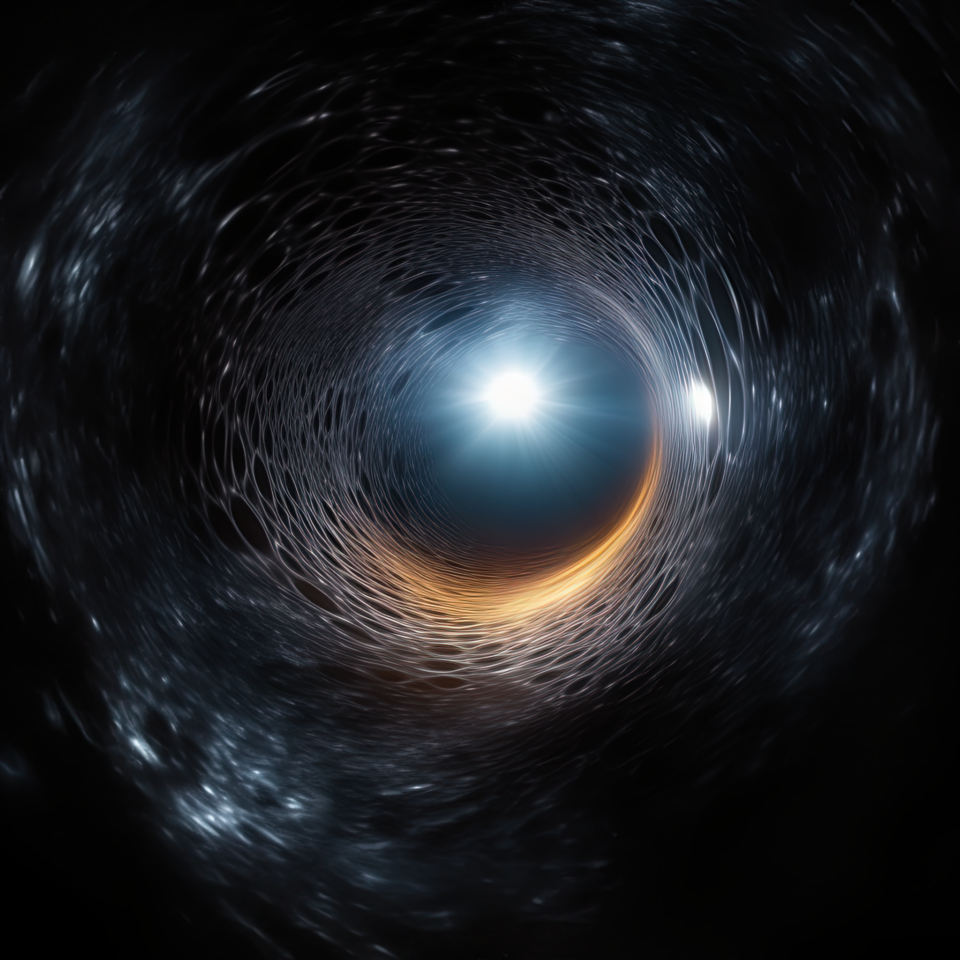Naked singularities are one of the most intriguing and controversial topics in general relativity. They are hypothetical gravitational singularities that are not hidden by an event horizon, unlike black holes. This means that they could be directly observed from the outside universe, and that they could violate some of the fundamental principles of physics.
A gravitational singularity is a point or region of space-time where the curvature becomes infinite and the laws of physics break down. In a black hole, the singularity is surrounded by a one-way boundary called the event horizon, which prevents anything from escaping, including light. Therefore, an outside observer cannot see what happens inside the event horizon, and the singularity remains hidden.

A naked singularity, on the other hand, would have no event horizon, or a very weak one that allows some light to escape. This would make it possible to see the singularity and its effects on the surrounding space-time. However, this also poses a serious problem for general relativity, which cannot predict what happens near a singularity. A naked singularity could expose the incompleteness of general relativity and reveal new physics beyond it.
The existence of naked singularities is not ruled out by general relativity, but it is constrained by a conjecture known as the cosmic censorship hypothesis. This hypothesis states that nature abhors naked singularities and always hides them behind event horizons. In other words, it is impossible to form a naked singularity from realistic initial conditions in a physically reasonable way.
However, proving or disproving the cosmic censorship hypothesis is very difficult, as it requires solving the highly nonlinear equations of general relativity in various scenarios. There are some exact solutions of general relativity that describe naked singularities, such as the Kerr metric for a rotating black hole with spin greater than its mass, but they are considered to be unrealistic or unstable.

There are also some numerical and analytical studies that suggest that naked singularities could form under certain conditions, such as the collapse of a rotating star or a dust cloud. One example is the relativistic Larson-Penston solution, which is a self-similar spacetime that can be suitably flattened to obtain a naked singularity from smooth initial data. However, these solutions are not fully rigorous and may contain hidden assumptions or errors.
The observational evidence for or against naked singularities is also very scarce and inconclusive. There are some candidates for naked singularities in astrophysics, such as quasars, gamma-ray bursts, or active galactic nuclei, but they could also be explained by other phenomena. There are also some proposed tests to distinguish between naked singularities and black holes, such as measuring their gravitational lensing effects or their quantum radiation, but they are very challenging to perform.
Therefore, naked singularities remain a fascinating but elusive possibility in general relativity. They could either reveal new aspects of gravity and quantum theory, or they could be forbidden by some yet unknown mechanism. The quest to understand them continues to inspire theoretical and experimental research in physics.

All images and all text in this blog were created by artificial intelligences

